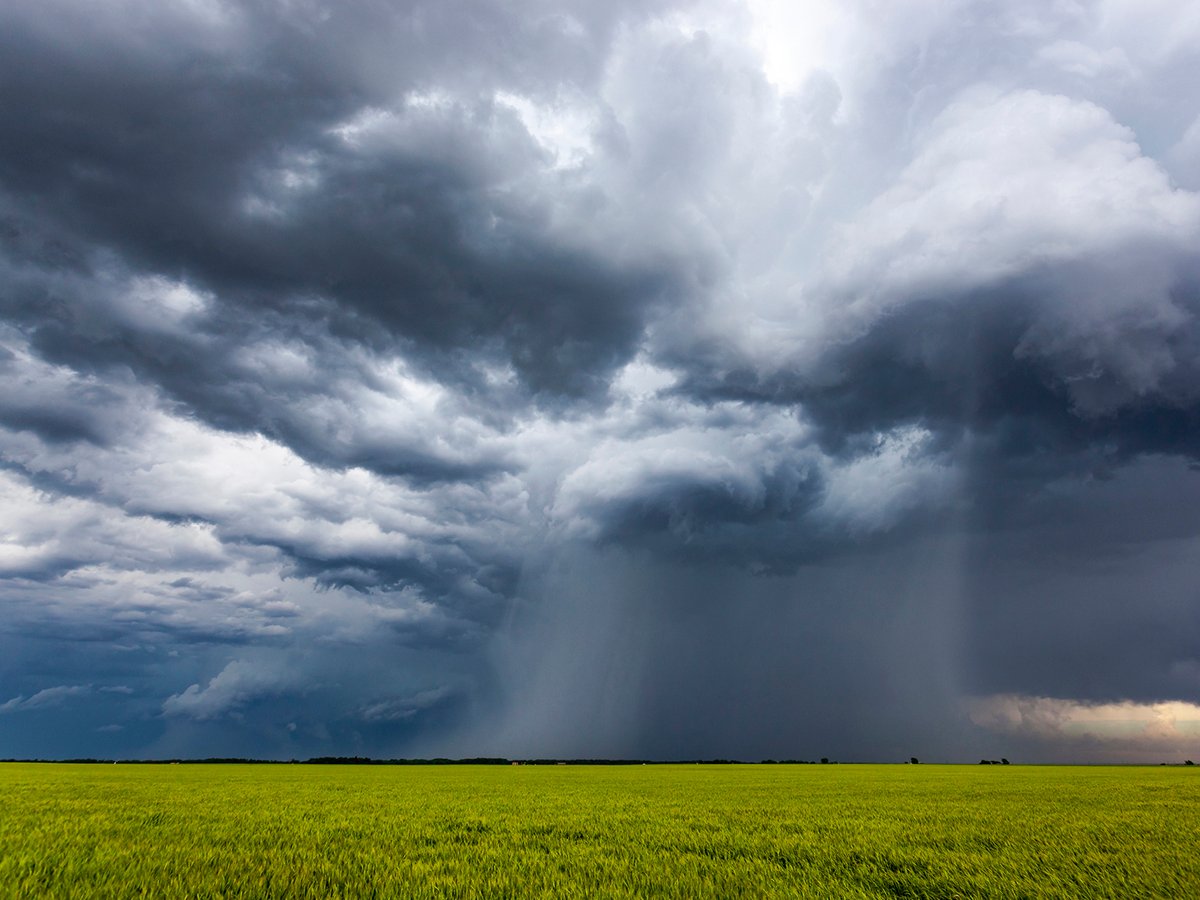SWIFT CURRENT, Sask. – A half-dozen crinolines hang in a spare bedroom, too billowy to fit in the closet alongside the pink and silver dance costumes of Art and Olive Waker.
In a mirror-lined basement studio at their farm home, the couple slides about the hardwood floors to the beat of Kiss Me Quick.
The two round-dance instructors have taught the joys and history of their art form for more than 40 years.
“Square (dancing) takes four couples. Round can be done with a partner,” explained Olive.
Read Also

Extreme rain increases as planet warms
In this issue, we are going to wrap up our look at extreme rainfall by examining the different weather patterns that tend to be associated with these rainfall events.
Dance forms that use a caller to cue people as to the next steps are rooted in ethnic folk dancing. As the dance sequences lengthened and became more complicated, cuing was introduced to guide dancers, said Olive.
She began tap and ballet dancing as a child before moving to Swift Current to teach as an adult.
That’s where she met her dance partner and husband, Art. Now retired, they continue to live on the family’s 12-quarter grain farm north of Swift Current.
Art said Olive helped him master basic dance moves, fundamental to learning all types of dances.
“I like to be a polished dancer. I liked not to be just jumping around,” said Art.
Olive said interest in pairs dancing surged in the post-war years. Veterans returned and were happy to be back with their partners again.
Grand ballroom dances were also made popular by movies dating from the 1930s and ’40s.
Decades ago, dances were central to family and community entertainment on the Prairies, said Olive, who noted fewer people today know as many dance steps.
The pair work as a team, both in their dancing and teaching. Olive manages the music and cuing while Art helps dancers keep time to the music by demonstrating the steps for the dancing pairs.
There have been ebbs and flows in dance attendance over the years, from three couples to 20. When numbers did not justify renting a hall in town, the Wakers ripped out the basement carpet to create a home studio for their dancers.
They now lead two groups, the Twisty Vines and the Rhythm Dancers.
Olive wants others to follow in their dance steps, knowing the enjoyment it has brought them. Dancing has taken them around the world including Japan and New Zealand.
The Wakers, who spend around $100 for a costume and $70 for a good pair of dance shoes, travel to Davidson twice each month to receive further dance training.
They also keep their skills honed at annual instructor workshops like Round-A-Lab, an American organization that honoured them with an award for their years of dance training.
That joins a host of other awards from groups like Saskatchewan Square and Round Dance and the Canadian Square and Round Dance Society.
The Wakers stress basics like correct ways to hold a partner and dance positions.
“No matter what you’re doing, you’ll look better doing it with good dance positions,” said Olive.
They try to keep dance lessons light and fun, breaking each night for coffee and cake.
“Enjoy yourself at whatever level you’re doing,” said Art.
The pair get satisfaction from seeing their students gliding around the dance floor.
“It really gives you a thrill,” Art said.
John Clarke said their dance instruction over the last seven years has earned him and wife, Fran, many compliments.
“I have more confidence to dance at socials, it has improved our confidence in what we can do,” said Clarke.
“We look better and when we go out, people say ‘where did you learn to dance?’ “
The Wakers say dancing offers students exercise and fellowship while allowing the pair to help others dance better.
“It’s rewarding or we wouldn’t have been doing it this long,” said Olive.














